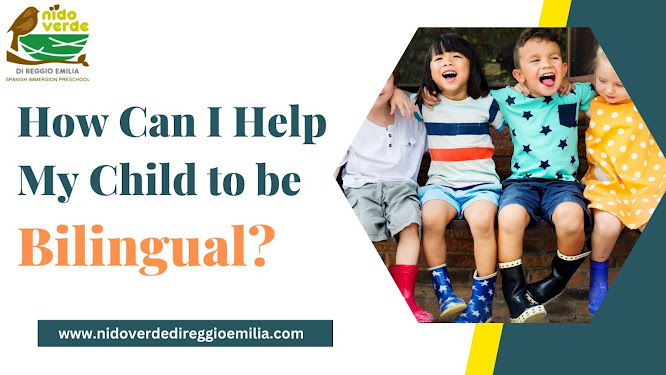Strength-Based Approach In Early Childhood Education
When it comes to skill sets and interests, children vary greatly. Their strengths, however, can influence how they learn and their capacity to learn. As a result, it is critical for educators to identify ways to support and enhance their students' learning potential and development opportunities for private schools Austin. The purpose of this article is to discuss the strength-based approach in early childhood education and how it benefits educators, children, and families.
What Is a Strength-based Approach?
When it comes to skill sets and interests, children vary greatly. Their strengths, however, can influence how they learn and their capacity to learn. As a result, it is critical for educators to identify ways to support and enhance their students' learning potential and development opportunities. The purpose of this article is to discuss the strength-based approach in early childhood education and how it benefits educators, children, and families.
Benefits of a Strength-based Approach
Strength-based education fosters a collaborative effort and a supportive environment for children, families, and teachers. Teachers can change a child's mindset by identifying and utilizing a child's strengths to empower and uplift them, as well as their potential to learn and grow. Rather than focusing on their deficiencies, the strength-based approach allows you to highlight the child's strengths, encourage further improvement, and demonstrate that there is still room for growth.
The strength-based approach can also benefit parents and carers. Sharing a child's deficiencies and difficulties can be discouraging and overwhelming. This alternative, on the other hand, promotes empowerment by teaching families how to support and motivate their child at home.
Some additional advantages of strength-based instruction include:
- Increasing a child's self-esteem
- Promoting positive behavior
- Maintaining long-term learning objectives
- promoting improved academic performance and achievement
- Individuality, inclusivity, diversity, accessibility, and equity are all promoted.
- Improved relationship building both inside and outside of the classroom
Read, more about The Affective Filter & Language Learning
Examples of The Strength-based Approach
There are several approaches you can take to incorporate a strengths-based approach into your teaching strategy. Because positivity is the foundation of this approach, you must concentrate on using positive language, encouraging the child, and identifying where and how the child excels. Here are some examples of how to incorporate a strength-based approach into your teaching method:
1. Discussing Children’s Performance
Giving parents and carers written and in-person feedback on their child's progress establishes a baseline for tracking progress and provides a record for both parties to refer to as the child develops new and stronger skills.
2. Measuring Children’s Growth And Competencies
Continuous assessment is essential for learning and development. It allows you to continuously assess their progress and adjust the curriculum and lesson plans based on their performance or language schools Austin.
3. Creating Personalized Lesson Plans And Tailoring Techniques
Designing your lesson plans and instruction to align with the child's strengths, skills, interests, and progress is a critical component of the strength-based approach. To keep up with their development, your lesson plans should be constantly evolving.
4. Driving Curriculum Choices
Because the strength-based approach is based on embracing a child's unique strengths, the curriculum must provide them with a variety of learning and exploration opportunities. Classroom areas or lesson plans focusing on arts, science, music, and other subjects are some examples.
5. Using The “if-then’ Model
The "if" part of the model in this model is the child's strengths. The "then" refers to new material and skills that they learn based on their current abilities. As their teacher, you will identify their strengths and match them with new learning opportunities that can be taught through the use of praise, practice, recognition, and scaffolding.
Nido Verde Di Reggio Emilia provides the learning potential and development opportunities, but places a strong emphasis on the importance of preschool in early childhood education. Give us a call today at +1-512-202-8295 or email us via admissions@nidoverdedireggioemilia.com to learn more.
Original Source: https://bit.ly/3XUSEij



Comments
Post a Comment